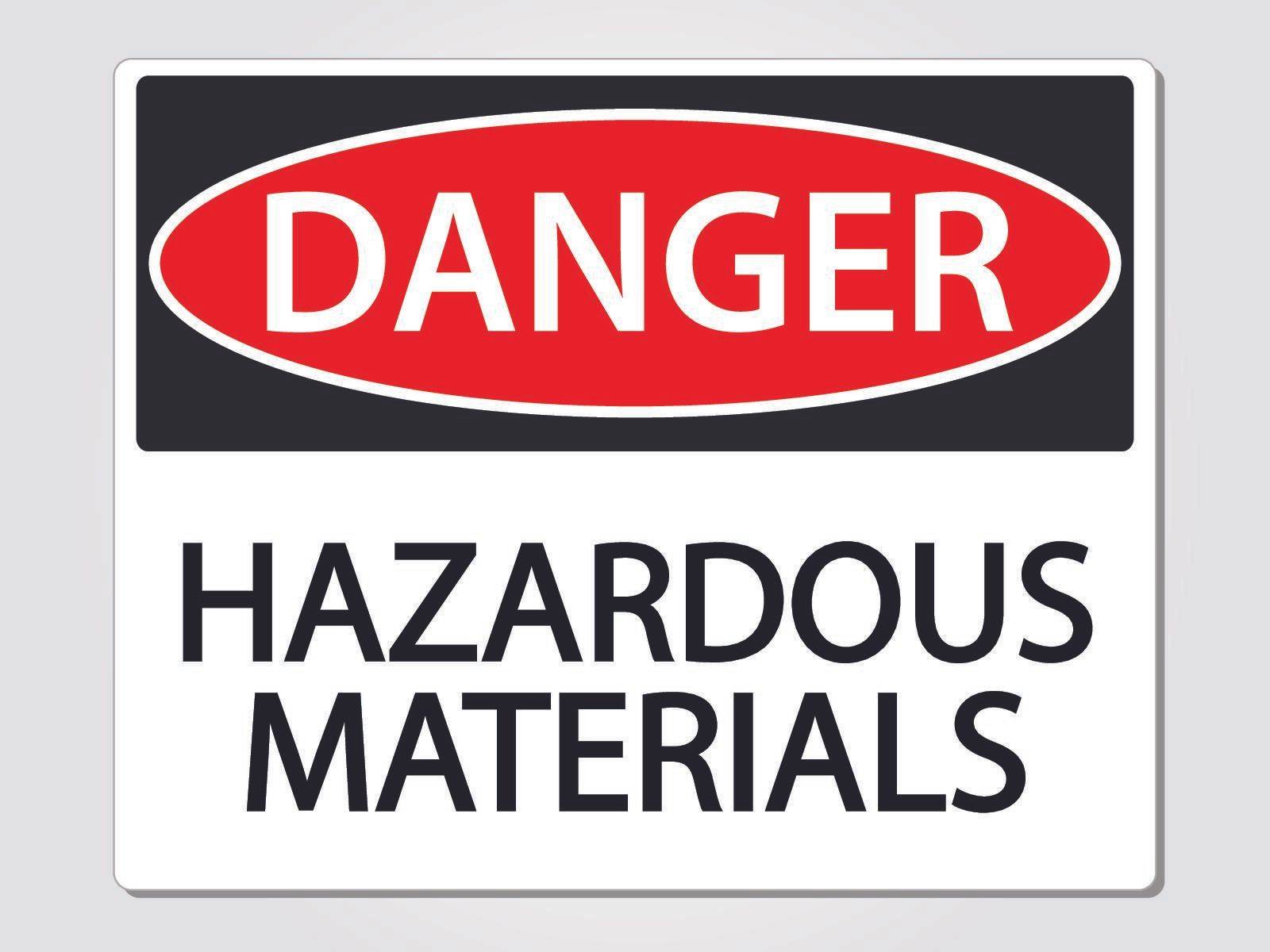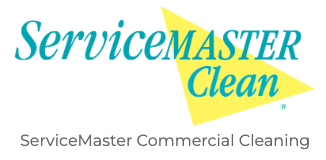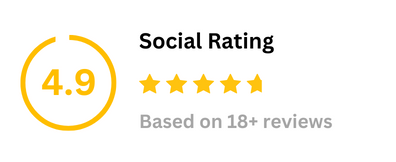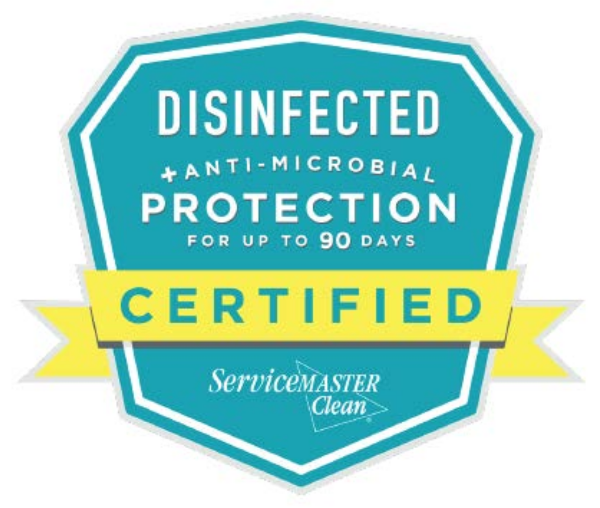Quick Tips for Cleaning Upholstery
Keeping your upholstered furnishings clean, fresh-smelling and stain-free are arguably as important to your business as keeping restrooms clean! Dust, dirt, and grime can become embedded in the fibers, not only leaving your office furnishings looking dingy but also contributing to the fabric wearing out prematurely.
This early breakdown will result in unexpected premature replacement costs to your company. To prevent this, we recommend having your upholstered furniture professionally cleaned every 1-2 years, but in the meantime, here are some tips for cleaning upholstery.
Keep up with the Upkeep
Upkeep is pretty simple when it comes to upholstery. All you’ll need to do is vacuum your upholstered furniture regularly, using appropriate upholstery attachments. Remove any loose cushions and vacuum cracks and crevices thoroughly—who knows what you’ll find! Pay special attention to sneaky dirt trap areas like fabric folds and tufted areas on cushions. (If you or your team don’t feel up to the task, just ask us about our janitorial services and let us handle it!
Blot Spots on Upholstery to Prevent Stains
Of all the tips for cleaning upholstery, the number one tip for stain prevention is to get to spills quickly before they have time to set into the fabric. When cleaning up a spill, always blot or dab; rubbing can cause the spot to “blossom,” which is just a nice sounding term for a nasty, bigger stain! Using a white cloth or paper towels, blot from the outside edge of the spill toward the middle, repeating until the area is dry.
Taking the Next Step: When That Spot Won’t Blot
If you find stains and soiled spots that have already dried, or if blotting just didn’t cut it, you’ll need to move on to an upholstery cleaning solution. Before choosing your cleaning method, you’ll need to determine two things; the type of fabric and the type of stain/soil you are working with. Using the wrong method can result in damage to the fabric such as discoloration or color bleeding, so be sure to take care when determining the fabric type and solution needed!
How to Determine Your Upholstery Fabric Type
The furniture industry has established codes for fabric care, found on the tag usually located under a cushion on the base of the piece:
- W – Use only a water-based solution
- S – Use only water-free cleaners, such as dry cleaning solvent
- WS – You may use either water based or water free cleaning products
- X – Professionally clean only! Vacuum what you can and call in the experts (that’s us!)
Determine What Kind of Stain You Have and Treat Appropriately
Before moving forward with treating your stain with any sort of cleaning solution, you’ll want to test your fabric for colorfastness. Choose an inconspicuous area to test, dampen a cloth with your cleaning solution of choice, and press for about 30 seconds. Check your cloth for any color transfer, and your fabric for any changes.
For most non-greasy food and beverage stains, use a solution of two cups cool water plus one tablespoon liquid dishwashing soap or other pH balanced detergent. Dampen a white cloth or clean sponge with the solution and gently blot the stain with the soapy mixture. Take care not to rub the stain, as this can damage the fabric. Use a fresh cloth with just water to blot out the soapy mixture, and press dry with a dry cloth or paper towels.
For greasy, oil-based spots, you’ll need a two-step approach. First, try and absorb as much of the oil as possible by sprinkling the area with cornstarch or baking soda and allowing it to sit for 15-20 minutes. Vacuum the cornstarch or baking soda up and use white vinegar, rubbing alcohol, or a professional dry cleaning solvent, blotting carefully. Press dry with a dry cloth or paper towels.
For either type of stain, you want to avoid overwetting or really saturating the fabric. This can cause the stain to spread, settle deeper into the fabric, and even potentially cause a mildew situation if the padding stays wet for too long.
Proper care of your upholstery can seem like a daunting task. If you fear you’re a bit over your head, or you just don’t have the time or resources to deal with it, ServiceMaster Commercial Cleaning can take care of everything from regular upkeep with our janitorial services, to thorough, non-toxic upholstery cleaning services. Contact us today for a quote!
You might also like




